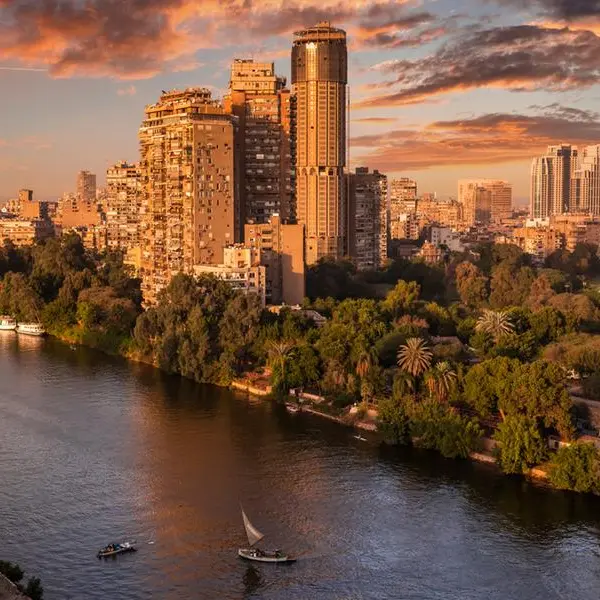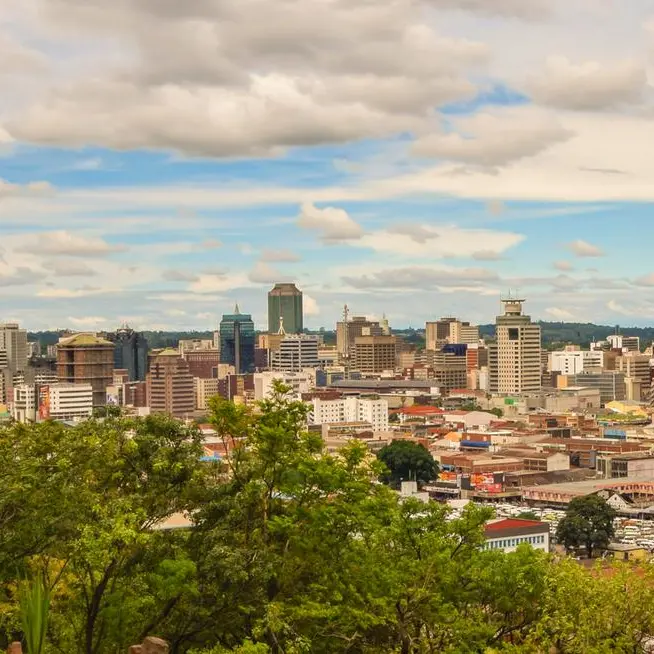PHOTO
Boy holds onto styrofoam as he wades through neck-deep flood caused by Typhoon Vamco, in Marikina, Metro Manila, Philippines, November 12, 2020. REUTERS/Eloisa Lopez
The solution to the water crisis in many parts of the country is the same solution for the devastating floods that perennially wreak havoc on our communities.
Meaning, the engineering infrastructure and other scientific steps that will address the dilemma on scarce water supply, especially during the El Niño phenomenon, are the same for the nightmares and sufferings during inundations caused by the monsoon and typhoon season. Therefore, trying to solve one massive problem almost automatically solve another. Truly, one stone hitting two birds.
Lack of water again
The recent climatological phenomenon referred to as El Niño, where the usual volume of rainwater is 60 percent less in provinces that were affected, visits the Philippines regularly at least every three to five years. More than 50 provinces in fact suffered from drought and prolonged dry spell these past few months, starting from late 2023 until the Philippine Atmospheric, Geophysical and Astronomical Services Administration officially declared that it was over recently. But this was only after more than P9.8 billion in agricultural damage deprived our farmers of their supposed income and in the process, worsened the inflation that further penalized buyers of agricultural products.
Farmers and their families are the usual direct victims here. Remember, there are at least 10 million Filipinos in the agricultural sector. To begin with, they are already at the lower end of the chain and almost always at the end of their wits too on how to survive or dream of a brighter future for their children. El Niño is just another blow to their vicious cycle of impoverishment and deprivation. Yet, they have the noble mission of feeding a nation of more than 110 million consumers. In the Philippines, being a farmer is almost synonymous to being financially poor, no access to decent housing and sanitation and difficult chance for higher education. Being a farmer in the rural areas also means being vulnerable to the harsh onslaught of nature during extreme weather conditions. With the El Niño, almost 200,000 farmers in the more than 170,000 hectares of farmland gravely suffered. Livestock that's worth more than P68 million was also reportedly damaged.
Around 1.2 million families or 4.8 million individuals were affected by El Niño. There were power interruptions in several areas, especially the one that was experienced in the entire Bacolod City. The inconvenience caused by these power interruptions would be difficult to measure. Surely, they made the blood pressure of many so high that curses and invectives worsened the ultra-high temperatures in the air. More than 433 cities, municipalities and provinces declared a state of calamity.
The country's weather is now in the transition stage. We are now moving towards the La Niña phenomenon where an unusual volume of water will cause the usual floodings, landslides and agricultural damage.
Floods again
The country is prone to tropical cyclones. Every year, at least 20 typhoons visit the country. Some of these are disastrous such as Yolanda in 2013 and Ondoy in 2009. Thousands of lives and billions worth of properties were lost during these two catastrophes. In 2023 alone, a minimum of P28 billion in damages was reported to the National Disaster Risk Reduction and Management Council and the Office of Civil Defense. I personally know the tireless government workers in this organizations, and I could only say thank you to all of them for their sacrifices at their difficult work and mission in saving lives and properties.
But no amount of heroism can end the annual havoc of floods and the destruction that this causes. Expected, in fact, is an even worse impact compared to El Niño. Floods and landslides, especially during La Niña, are more devastating to lives, properties, agriculture and infrastructure.
Engineering solutions are urgent
Unless we roll out the necessary engineering infrastructure that will contain the floods during rainy season and provide water during droughts, we will read the same reports on massive damage and hear the same complaints from people who are adversely affected.
Comprehensive plans that are based on and inspired by science must cover the 18 major river basins of the archipelago and the communities surrounding them. Big dams for flood control, veers, levy systems, irrigation canals, catch basins, relocation of vulnerable communities, respect for no-build zones, landslide preventions, alarm systems and safety protocols, reforestation and no nonsense management of all these must be in place soon. We are talking of at least a ten-year uninterrupted, corruption-free and apolitical implementation of long-term solutions to finally end or mitigate our problem on floods and drought.
I'm confident that under the leadership of engineer Ed Guillen of the National Irrigation Authority and Undersecretary Dr. Carlos Primo David of the Department of Environment and Natural Resources, we can expect good strategic results towards these ends.
There's no shortcut to the needed solutions. These must be comprehensive and long-term. Again, the antidote against drought is the same for floods.
Copyright © 2022 PhilSTAR Daily, Inc Provided by SyndiGate Media Inc. (Syndigate.info).





















